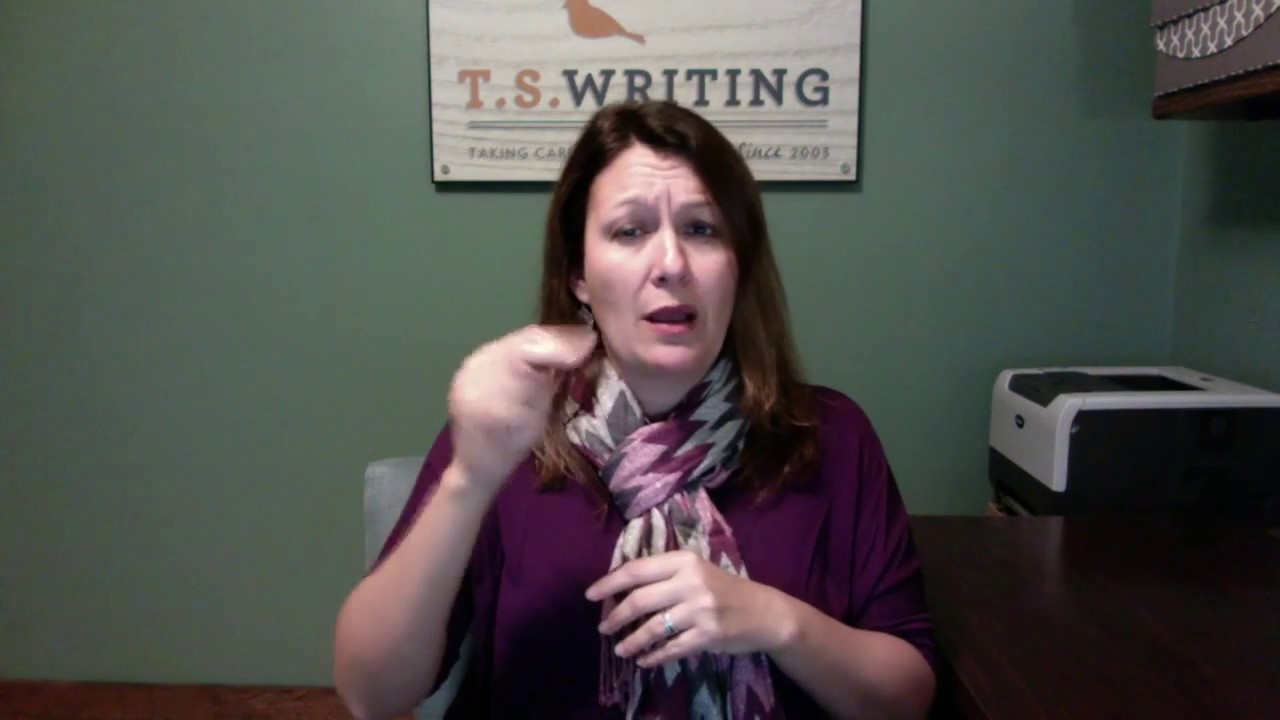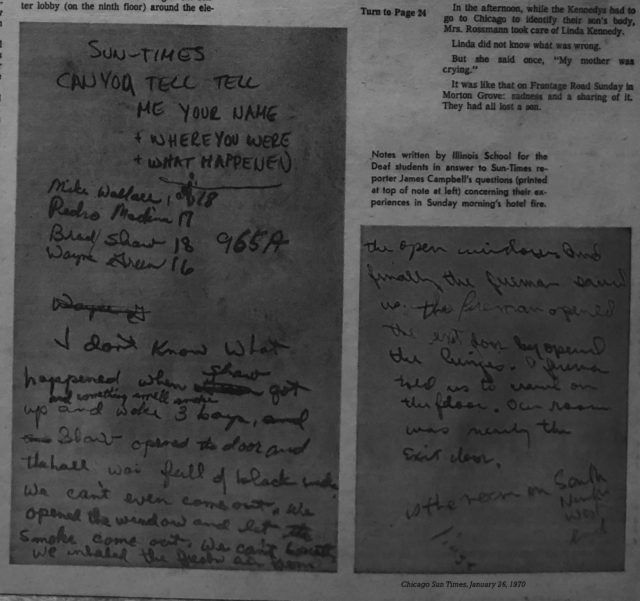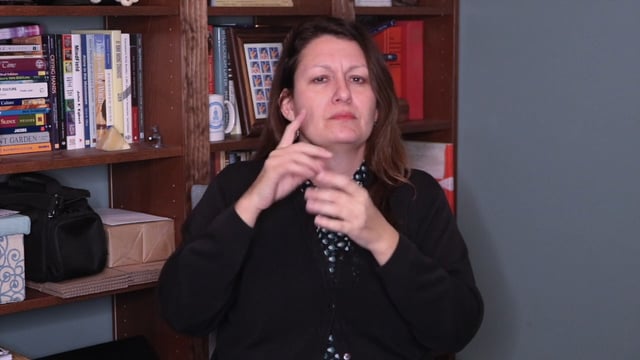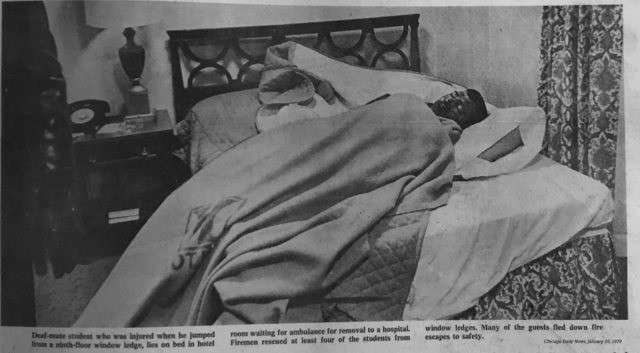This article originally appeared at i711.com.
As I sat in a hotel room a few weeks ago, I saw a commercial for Aleve, which is used primarily to ease arthritis pain. Interpreter Andrea Heisler of Tempe, Ariz., signed and spoke onscreen. The written transcript for this commercial on Aleve’s Web site reads:
“Andrea Heisler: I facilitate communication between two people who can’t normally communicate. A few years ago I started having joint pain in my wrist and in my elbow. I would avoid certain signs, like ‘last night’ would hurt my wrist.
I took some Aleve. That really took away my joint pain. Aleve helped me keep working.”
However, the words actually spoken are:
“My name is Andrea Heisler, and this is my story.
I facilitate communication between two people who can’t normally communicate. I started having joint pain in my wrist. I would avoid certain signs, like ‘last night’ would hurt my wrist.
I took some Aleve. I could actually move my wrist. The one cool thing about my job is that everyone is always happy to see me. Aleve worked great.”
My first reaction was about the choice to speak while signing. Her signing was choppy because she chose to try and use two languages at once; I became fixated on lipreading the unsigned words. Had there been a voice-over or even captions, Heisler could have done a better job with her signing.
But what bothered me more was this particular part of the commercial: “…between two people who can’t normally communicate.” (Emphasis mine.)
What is normal communication? Who decides what is “normal”? In my house, people who speak aren’t normal, given that we’re all deaf. In your house, it might be people who don’t speak Spanish. In another household, it might be people who don’t speak English. Did Heisler say this because, regardless of all the advances deaf people have made, we’re still viewed as abnormal communicators?
In search of possible answers, I conducted an informal poll; readers of my columns know that my polls are hardly scientific. Still, the responses give me a good idea of what people across the country — deaf, hard of hearing and hearing people from all walks of life — think. The majority agreed that it was a wonderful step that Aleve had taken in being inclusive and reaching out to ASL users. After all, the more exposure ASL gets, the more the language becomes accepted among non-users.
With that said, almost all of the people I surveyed also agreed that the words, “can’t normally communicate” was a biased and inappropriate comment, no matter how the sentence was presented. Even if it’s just semantics, commercials have a powerful effect upon viewers. People who watch this advertisement will subconsciously register that interpreters work with people who “can’t normally communicate.”
When I contacted Heisler, her response was, “I visited i711.com and have to reconsider consenting to an interview. I am unable to contribute comments that would appear as content designed to attract people to a competing relay provider. In addition, due to my contract with Bayer, I would need official word from the marketing agent before providing comment.”
Fine. I e-mailed Aleve through its Web site, and got a response from the public relations agency handling Aleve’s “Good News” campaign. “Andrea came to us through market research that was being conducted in the Phoenix area,” Rebecca Zeitler of HealthSTAR Public Relations said in an e-mail. “We were searching for people with arthritis and joint pain to talk about their experience. Andrea answered that ‘call’ if you will and it was through interviews and the submission of her story that we selected her for the ad campaign.”
Zeitler also responded to my inquiry of whether Aleve or Heisler had written the script, writing, “The words [Heisler] uses in the commercial are her own.”
I then sent e-mail to Heisler asking for the reasoning behind the “cannot normally communicate” line. She didn’t respond before this article went to print.
I was disappointed to learn that the script had been written by Heisler herself. Here’s why. Companies are usually quick to capitalize upon the “deaf” or “ASL” angle, thinking it’s a fun, innovative approach. In doing so, their ignorance often emerges — which is understandable (but not excusable). However, that wasn’t the case with this commercial. Many of my friends in the Phoenix area say Heisler is one of the best interpreters around; I believe that, given my friends’ high standards. And that’s why Heisler’s choice of words disappoints me so much.
The bottom line is, when someone chooses to do a commercial, that person inevitably becomes a spokesperson for the community s/he portrays, like it or not. That’s where the right attitude comes in — especially as an interpreter facilitating communication.
It’s too bad that Heisler chose to portray her career in an overly altruistic sense. Heisler, who is certified with the Registry of Interpreters of the Deaf, could have used better wording, such as “I facilitate communication between two people who use different languages,” or something along these lines. I think this commercial was a cute idea, but it could have — and should have — been more positive.
Copyrighted material, used by permission. This article can not be copied, reproduced, or redistributed without the written consent of the author.




